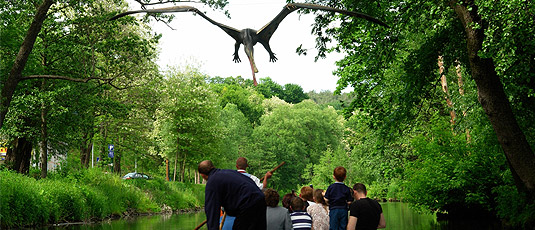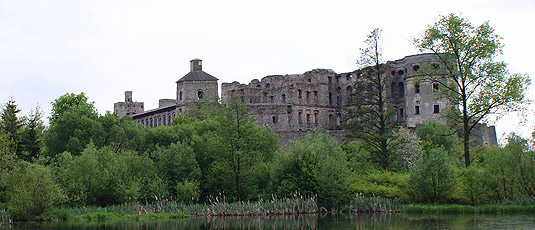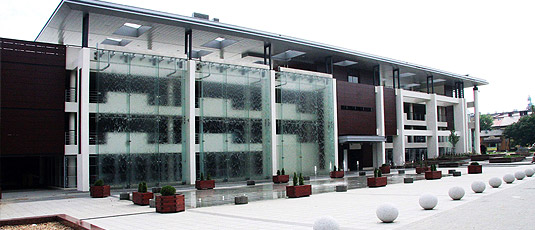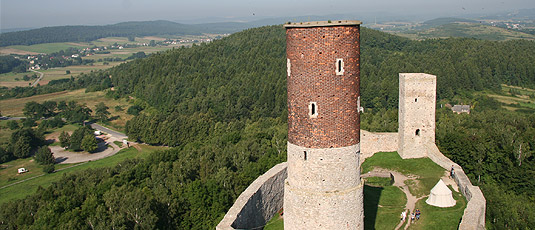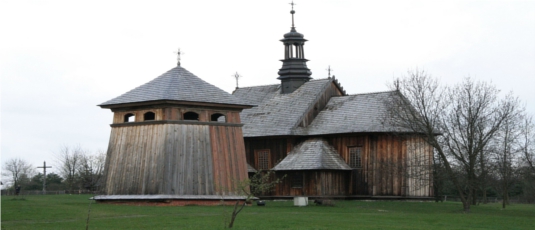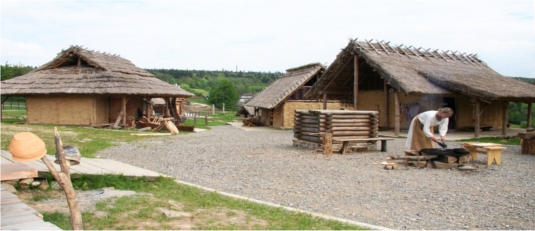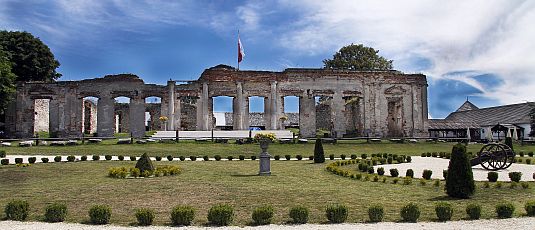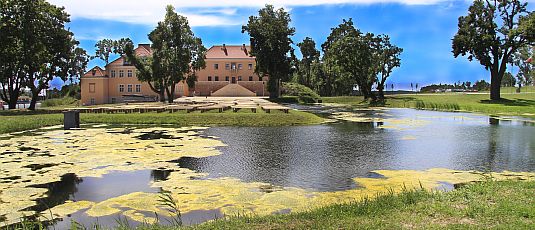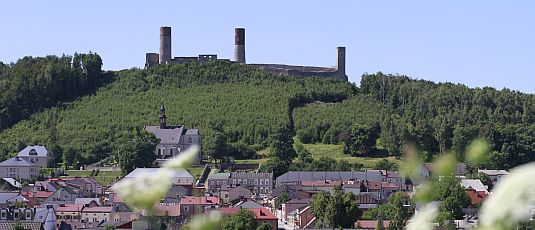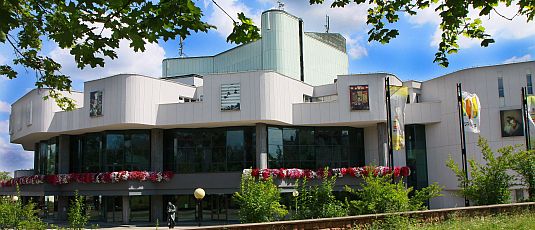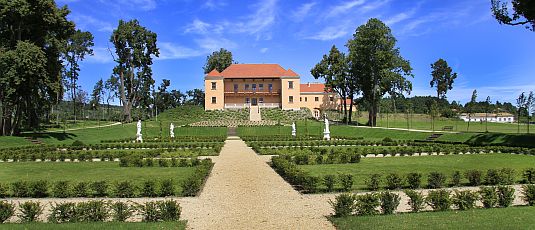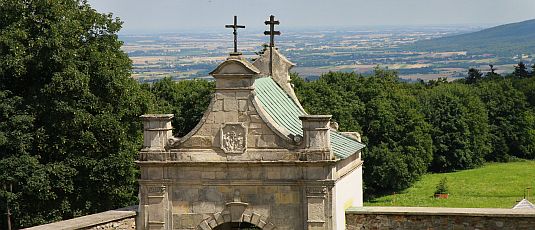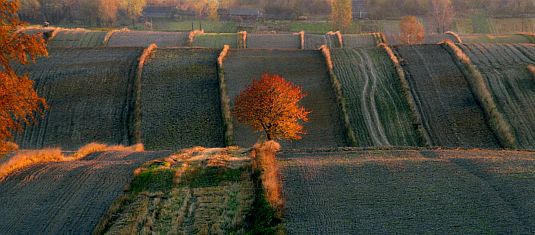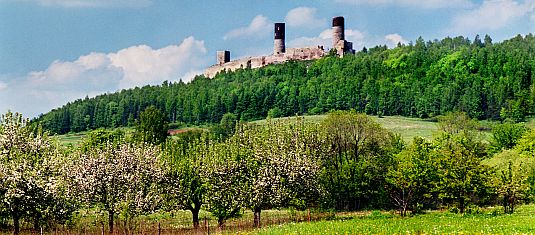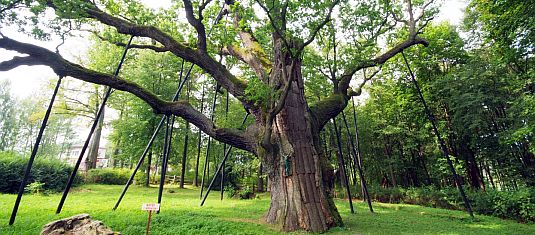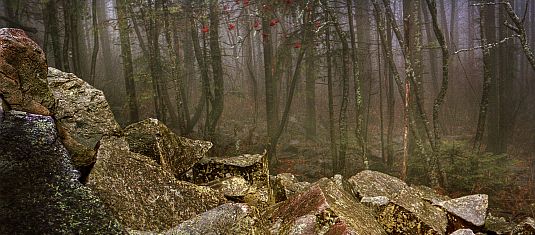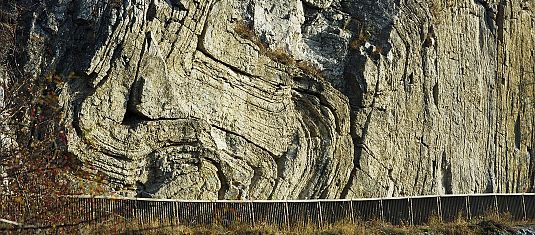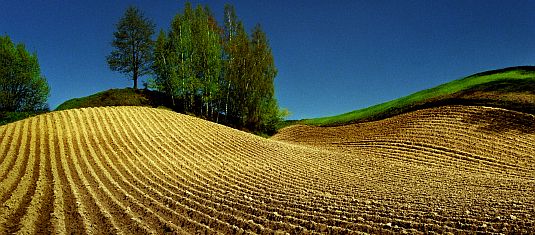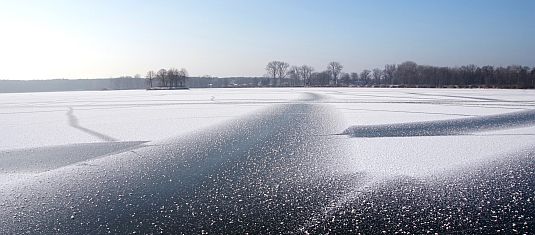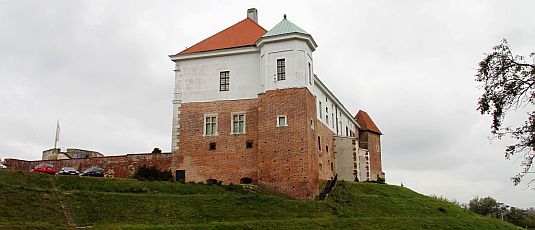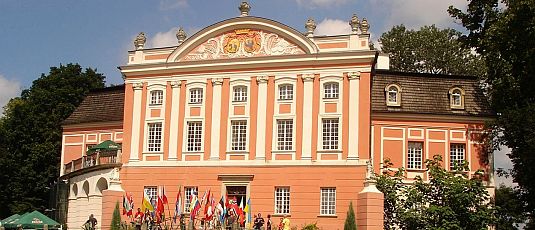Forests are a part of nature which links all components of environment by creating a ground for certain species to live in, breed and proliferate, thus, they are indispensable for the development of an ecosystem. Apart from this function, forests have also many other roles, e.g. economical (a source of fuel and biomaterial for various branches of industry), but also social and cultural, which can by deduced from the growing popularity of out-door leisure in such type of environment.
Forestry is especially important for the central and north-western parts of the region, areas of low soil quality and in the places where there are large forest complexes (Włoszczowa and Staszów forests) or the remains of ancient woodlands (Świętokrzyskie-, Iłża- and Pilica-woodland). In the areas where soil is of high quality, forests are rather sparse.
The main advantage of the Świętokrzyskie woods is the structure of their stands which in many places have preserved the character of natural wood clusters of certain, valuable tree types, e.g. European silver fir (Abies alba), European beech (Fagus sylvatica), Polish larch (Larix decidua subsp. Polonica), yew-tree (Taxus) and many other kinds of highland and mountain flora. The dominating species is pine, which covers 72.1% of the area, the rest is fir, oak, birch, alder, beech, spruce, ash and poplar. As for their age, the largest surface falls on the wood-stands of the 3rd and 4th category, i.e. 49.2%. Their distribution is diverse, the most popular are small woods which make 54.2%, the remaining are larger forests.


